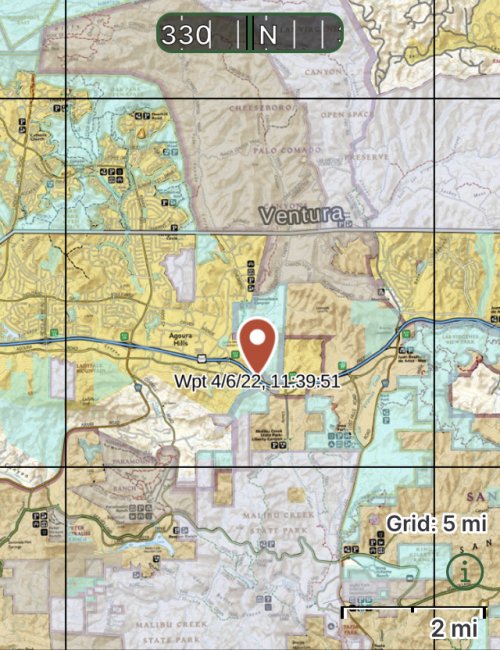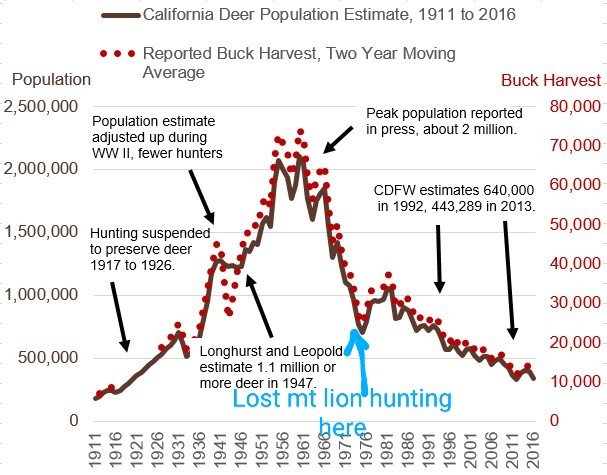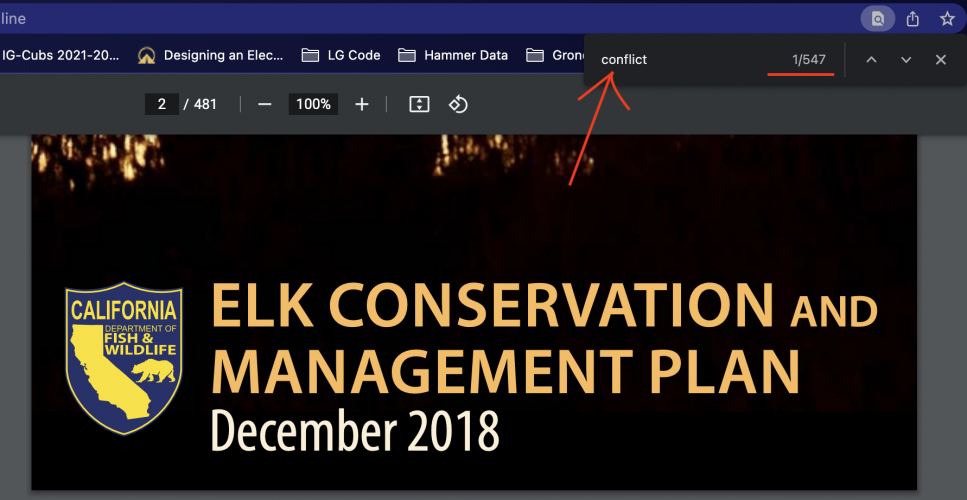BucksnDucks
Well-known member
I skimmed through the six pages, as it was obvious going the typical direction. I can see the anger with spending that much money on this particular issue compared to the mountain of other problems CA must deal with. Hopefully in this time of budget surplus additional funds go toward issues I believe should take priority. Ca is not running out of lions, bears, or bobcats anytime soon. Water and habitat may be a different story










